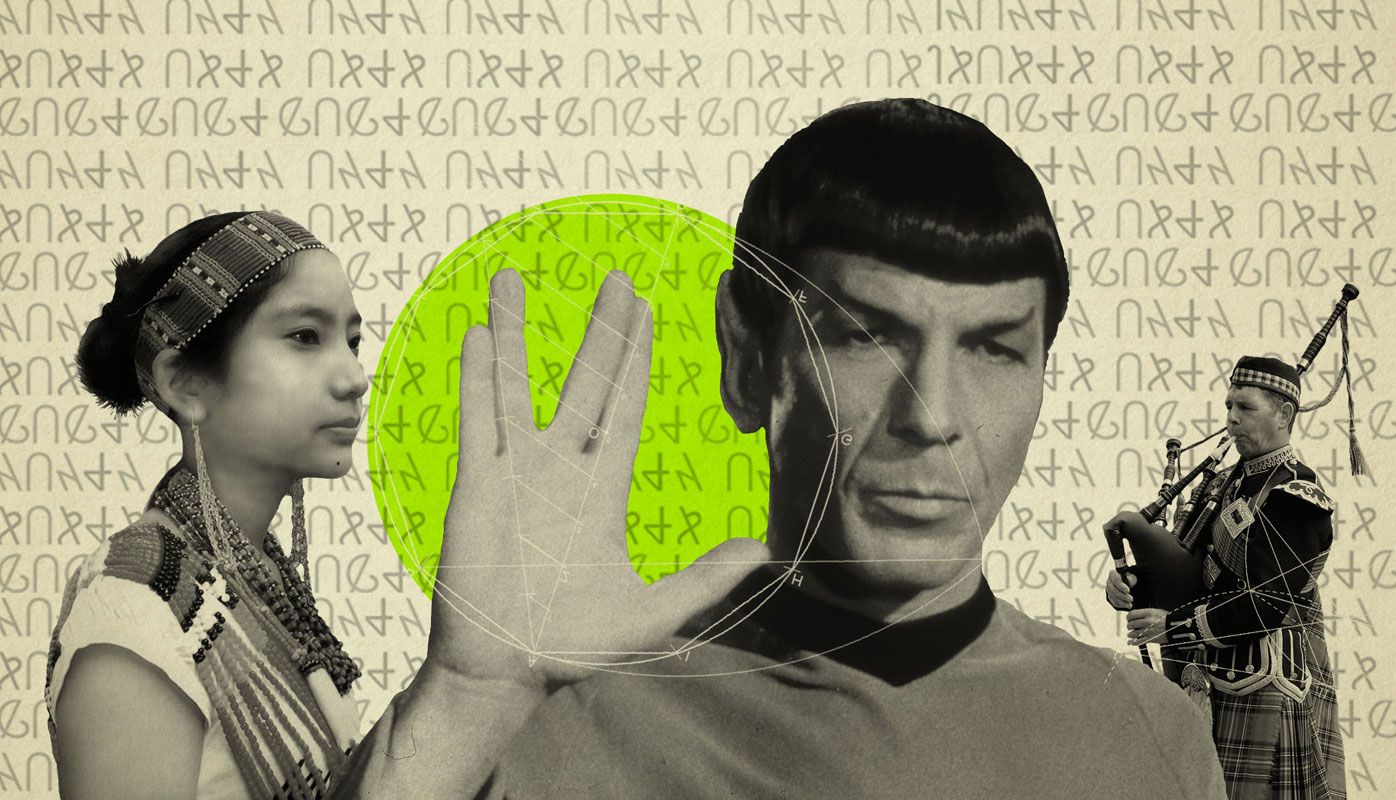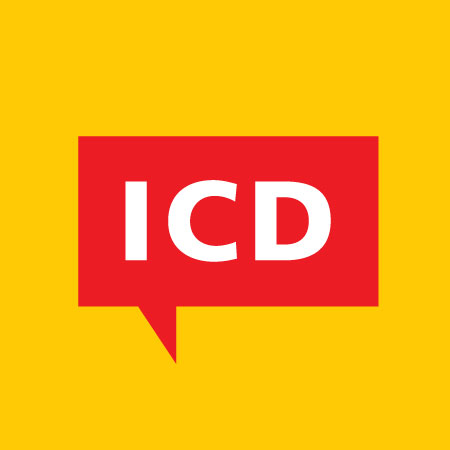The Language of Identity
It was a film-maker friend on the phone.
“I’m making a film,” he said, “on a new script that’s been developed for the Wancho language, spoken in Arunachal Pradesh. Right up your street.”
Perhaps my friend was referring to my interest in typeface design? But my friend, aware of the distinction between the script (a way of writing) and typefaces (their printed form), went on, “The script itself has never been professionally examined. So I thought you might want to. Or is it linguists who look at such things?”.
I replied that I wasn’t aware of anyone who evaluated scripts, perhaps because they are handed down to us, and shaped by the same evolutionary processes that shape languages. (Imagine giving a Devanagari a B-).
Scripts, are handed down to us, and shaped by the same evolutionary processes that shape languages…
But to a designer, a synthetically developed script like Wancho presents a fascinating opportunity to develop criteria for evaluation. For instance, if ease of learning is an objective, we might ask of a modern script to represent related sounds with similar shapes (not significantly implemented in Wancho, as I found out). There could be others.
Design starts with why: why Wancho needs a script at all. I asked — and that’s when the penny dropped. The rest of this column is mainly about what I didn’t tell him, and a little of what I did.
The Wancho are a hill tribe, related to the Naga. About 50000 people speak Wancho, one of tens of Tibeto-Burman languages that dot the north-east and surrounds; none has a script. Wancho now does, thanks to the 11-year labours of Banwang Losu, a Wancho teacher.

Wancho alphabets
The Wancho script, it was explained, is needed to capture Wancho’s phonetic peculiarities. The script, once established, would help preserve the entirely oral traditions (lore, prayer, song) of the Wancho and save the language from extinction.
But Wancho is unwritten, not for want of a script but for want of a culture of literacy. Such little Wancho as is written relies on Devanagari and Latin. Latin, an alphabetic script, serves, with small modifications, nearly all European, South American and modern African languages. And Arabic with local modifications has done duty for centuries, for 60+ languages. Phonetic functionality is moot: pronunciation is taught, written conventions learnt.
But the Wancho script is an original work, not a modification. Its need to exist comes from an assertion of Wancho’s membership among the comity of languages. In a uniquely modern moment, it has, since its inception in 2014, gained a typeface, designed by Anurag Gautam, a student at the National Institute of Design (NID); an animated primer on YouTube (by the first Wancho animator, Wangdan Wampan, also from NID) and a book by Losu on the same subject available on Amazon. In an instant, the Wancho language becomes, at least to its own users, more important than others in its neighbourhood.

Wancho Word — Pineapple
Wancho is an invention, but entirely synthetic and does not claim to be derived from antiquity. Yet it shares some of the same motivations with ‘invented traditions’, an idea popularised by E. J. Hobsbawm and T.O. Ranger. Their best known example is the invention of a Scottish ‘highland’ tradition: the adoption of the kilt, till then worn by farmers, as aristocratic wear, appropriately styled and accessorised. Along with bagpipers and the assignment of tartan weaves to aristocratic clans (rather than just regions) a visual toolbox became available to construct and give a visual face to a Scottish national identity. As a parallel, imagine the male Punjab government ministers turning out in Bhangra costume as if it were the way it always was.
Wancho is an invention, but entirely synthetic and does not claim to be derived from antiquity. Yet it shares some of the same motivations with ‘invented traditions’
The marketing significance of this invented tradition is immense. It enabled the promotion of ‘authentically traditional Scottish products, like its whisky which rose to prominence around the same time (the 18th and 19th centuries). The ‘rougher liquors of Scotland’ were promoted as the libation of choice of England’s aristocrats, perhaps sped along by Queen Victoria’s love for Scottish fashion.

A visual face to a Scottish national identity; the kilt, bagpipers, the tartan weaves…
the invention of a Scottish ‘highland’ tradition: the adoption of the kilt… Along with bagpipers and the assignment of tartan weaves…a visual toolbox to construct and give a visual face to a Scottish national identity.
Marketers love invented traditions: many sorts of mass-market food and alcohol products among others, pretend to some form of tradition, however spurious. Consumption rituals are often invented, and grown, by coopting what some consumers do and teaching it to the rest: drinking Corona beer requires the piece of lime wedged into its neck (Tastes better? Sure. All rituals enhance consumption). Don’t ever wash, or mend your Levi’s (creating a market for faux-distressed jeans). Even major religions coopt and re-make traditions.

Marketers love invented traditions: many sorts of mass-market food and alcohol products: “Corona tastes better with a neck of lemon in it…”
Marketers love invented traditions: many sorts of mass-market food and alcohol products among others, pretend to some form of tradition, however spurious.
Paradoxically, all traditions are invented (and re-invented) at some point of time. If the Wancho script beats the odds and survives, it will become a tradition in twenty years. No other script seems to have managed the feat in this century. Well, not quite: Klingon, the fictional language of the Klingon people in the Star Trek movies of the 1970s and 80s was invented with a vocabulary and a grammar to give realism to the dialogue. Fans have extended it become a spoken language, complete with songs, poetry, and a script, even a language institute.

Klingon has an institute where people can learn the language, study courses or even get a certification!
Like with Klingon, the written script is a particularly potent library of symbols—letters—around which the community can cohere and belong every day, whether the language is fictional or real. Eventually it’s about an identity more than the survival of a language. The historian Benedict Anderson argues that modern nationhood has much to do with the merger of print technology and capitalism: the rise and standardisation of a local language, in all its uses.
Identity is a master-concept in design, marketing, politics and culture. Identities are not simply national, ethnic or linguistic: ‘authentic Corona drinker’ is a tag I can add on top. Modernity seems to compel the formation of these temporary and multiple identities, to re-balance a felt lack or anxiety; it seems to show them up in its complex and furious stride. Visual symbols buttress identity; so we attach ourselves to symbols, collecting, burnishing and drawing meaning from them.
Modernity seems to compel the formation of these temporary and multiple identities…Visual symbols buttress identity; so we attach ourselves to symbols…
______________________
First published in a slightly modified form ‘The Language of Identity’ in Business Standard, 7 January, in Deep Design, a fortnightly column by Itu Chaudhuri.

